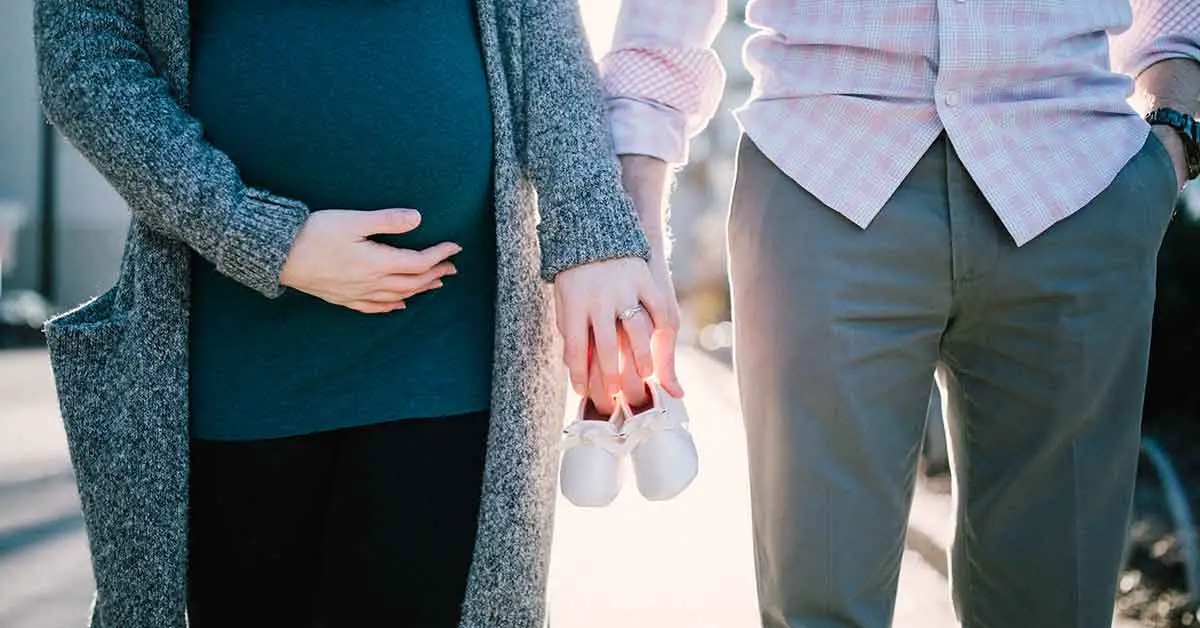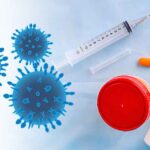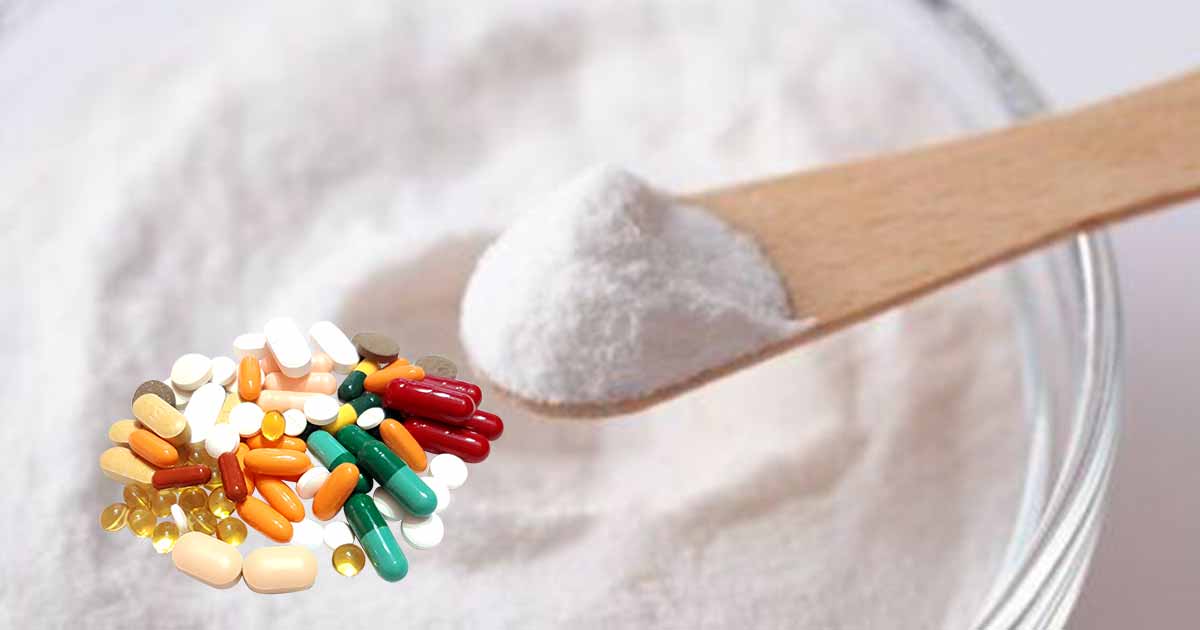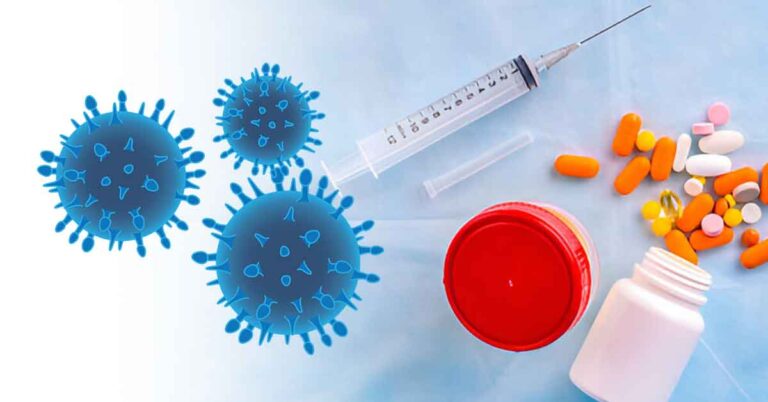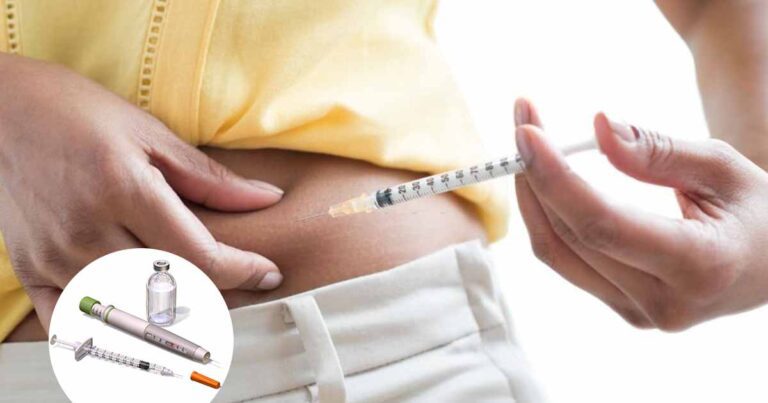Unplanned pregnancy is one of the most challenging situations for women. In this post, we will explain the easiest way to calculate the safe period using the safe period chart and other methods.
Unprotected sexual activity increases the risk of getting pregnant for women. Even some birth control method such as withdrawal method used by men before climax and ejaculation (The pull out method or withdrawal means pulling out the penis before sperm gets to the vagina.), are not always effective.
The method is only effective if used together with other birth controls such as condom, ring or the pills. The pull out does not protect against STDs. STDs such as syphilis, chlamydia, or gonorrhea can be found in the pre-cum while genital warts, herpes, are spread through skin-to-skin sexual contact.
Also, in some individuals, even though the pre-cum is mostly a lubricant, it contains some amount of sperm. The release of pre-cum during sex is involuntary, and most men do not even notice it. The failure rate from using the withdrawal method is about 22%.
It is important to note that a woman can become pregnant in less than 3 weeks after childbirth, even when you have not started seeing your period and during breastfeeding.
When can a woman get pregnant?
During ovulation in the menstrual cycle, a woman releases an egg from one ovary, and it travels down to the fallopian tube. The egg survives for 12 to 24 hours after ovulation. The sperm once inside the woman’s uterus can survive for up to 5 days. Some sperm can live for a shorter number of days depending on factors such as the condition of the vagina, uterus and fallopian tubes (like the consistency of the cervical mucus).
During ovulation, a woman is fertile, and the egg can meet the sperm. Since the sperm can survive for days, having unprotected sex during the ovulation period means an increased likelihood of the sperm meeting the released egg.
If you want to get pregnant, the ovulation period is the best time to have increased sexual activity.
When Does Ovulation Period Happen?
In the menstrual cycle, there are three phases regulated by hormones – the follicular phase, ovulation, and the luteal phase. Pituitary gland in the brain produces two hormones that release and produce eggs. The hormones are:
- The follicle-stimulating hormone (FSH): it matures the follicles that contain the egg.
- Luteinising hormone (LH): stimulates the release of the egg from the follicle.
The first day of your period is the beginning of the follicular stage. During this period, the pituitary gland release many follicle-stimulating hormones which cause follicles with eggs to grow. One follicle will become the leading follicle. When the leading follicle is mature and ready to be fertilised, a surge in luteinising hormone from the pituitary gland will rupture the follicle and release the egg into the fallopian tube. This release of the egg is called ovulation.
Signs of ovulation include basal body temperature increase by 1/2 or 1 degree, breast tenderness, cervical mucus, or vaginal discharge, bloating, light spotting.
The luteal phase occurs two weeks after ovulation. This is the time an egg can meet a sperm to form an embryo that can grow in the uterus, forming a foetus. If the egg is not fertilised by a sperm, then the lining of the uterus sheds, and the period starts.
How to Prevent Pregnancy using the Safe Period (Safe Period Chart)
Some women may have a shorter cycle than others. The length of the cycle also determines the timing of the ovulation.
It is important to note that fertile period in a woman is from five days before ovulation to the day of ovulation. The six days are called the “fertile window”, and correspond to the lifespan of the egg (24 hours) and the sperm (5 days).
The best time to get pregnant is having sex from three days before the ovulation. But having sex six days or longer before ovulation reduces the chances of pregnancy to nearly zero.
The menstrual cycle starts from the first day of the period to the first day of the next period. Once you have determined the length of your menstrual cycle (varies between 23 to 35 day in different women, but last for 28 days in most women), subtract 14 days from the end of your current cycle to determine the approximate day you will ovulate.
For example, if your period starts every 28 days, ovulation will be around day 14. The best chance of getting pregnant will be between day 11 and 14. If your period comes up every 24 days, your ovulation is likely to be around day 10, and the most fertile period will be between day 7 and 10.
Women with longer period, like 35 days between periods, are likely to ovulate on day 21. The most fertile period is between day 18 and 21.
About 12 to 24 hours after ovulation, the chances of a woman getting pregnant are less likely.
Using the Calendar Method to Calculate Safe Period
If your cycle is less than 27 days, the calendar method will not work well for you. They use the calendar method alongside the cervical mucus and temperature method to calculate a safe period.
In the calendar method, track your period for six months, noting down the first day of each period (day 1) and last day of each cycle. Calculate the number of days in each cycle for the six months and note them down.
Check your shortest cycle and subtract 18 from the number of days in that cycle. For example, if your shortest period is 26 days, subtract 18 from 26 and you will get 8.
Then count 8 days from the first day of your period (include the first day of the period in your count). Let’s say the first day of the period is on the 3rd day of the month. You will mark X on the 10th day of the month (8 days). This will be your first fertile day of the period. Avoid sex unless you want to get pregnant.
To get the last date of the fertile period, find your longest menstrual cycle, and subtract 11 from the number of days in that cycle. For instance, if the longest cycle is 30 days, subtracting 11 from 30 will give 19. Count 19 days from the day 1 of your period (include the first day in the count).
So if the day 1 of the period is on the 3rd day of the month, you will mark X on the 21st day of the month. This is the last day of the fertile period, and you can have sex from the next day.
The calendar method is suitable for calculating a safe period if your cycle does not fluctuate much, and is longer than 27 days. However, it cannot predict with certainty when you are fertile.
There are some online applications and websites that can track the safe period. Some of them are iCliniq, WebMD, Always period calculator, U by Kotex.
Other methods of contraception
Other effective methods of preventing pregnancy are the use of barriers such as condom, long term reversible contraceptive methods such as intrauterine devices, contraceptive implant, contraceptive injections.
We also have an emergency contraceptive pill (morning-after-pill) that is effective for up to 72 hours after unprotected sex.
Can I get Pregnant During the Period?
Though it is less likely, a woman can get pregnant during her period. Ovulation bleeding can be confused with period. Having sex during ovulation increases the chances of pregnancy.
Ovulation starts a few days after the period. Since sperm can survive for up to five days in the uterus, pregnancy can still occur.
At the start of the period, the chances of pregnancy are very low, but towards the end, it increases.
How to Calculate your Next Period
To calculate your next period, you must note the date of your last period, how long it lasted, and the length of your menstrual cycle.
It is important to note that the periods are not always regular, making it impossible to predict the exact day of the next period. Period do last for 4 to 7 days. The first and second day are the heaviest in terms of flow.
Sources:

